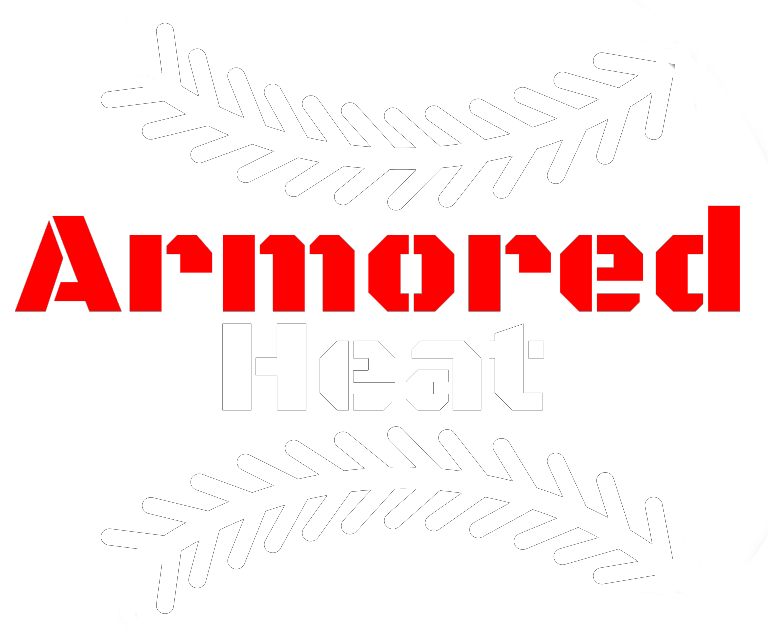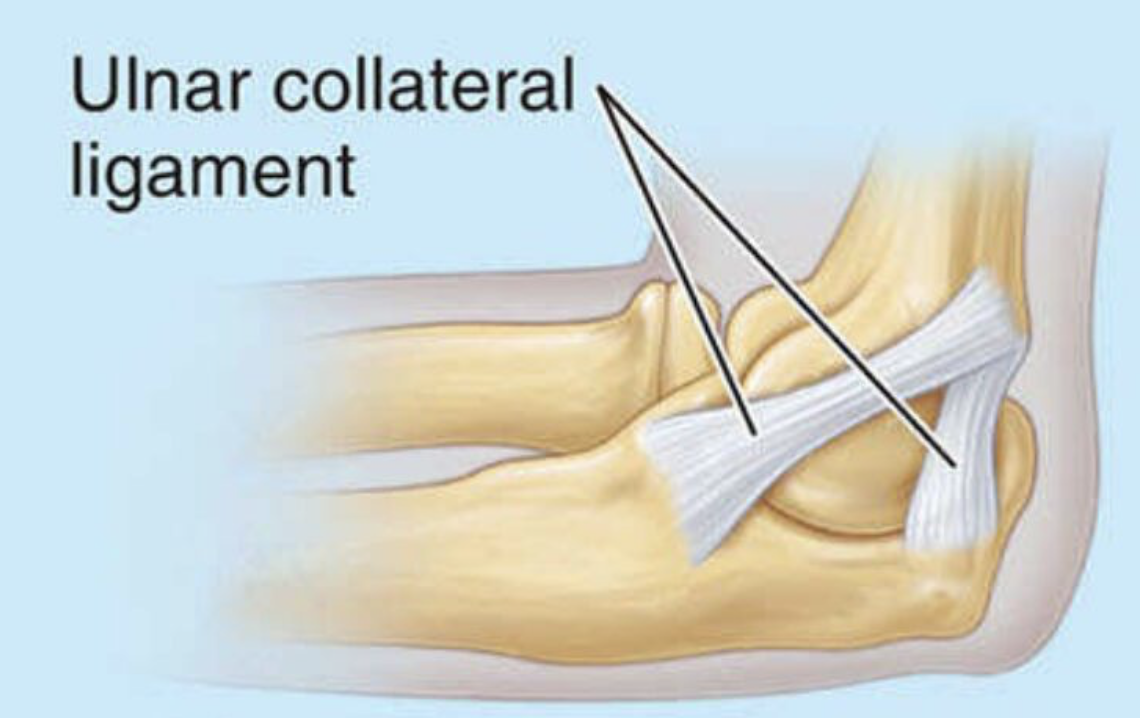How To Protect Your UCL
It is no secret that elbow injuries, specifically UCL injuries, have been on a rise in recent years. The reason for this is so multi-factorial that it is impossible to pinpoint any 1 reason for an injury.
With the constant improvement in the development of pitchers, both coaching and S&C, we are seeing an increase in velocity across all levels of baseball. This, in turn, leads to more forces being passed through the medial elbow.
There are really 3 proactive actions we can take to counteract this:
1) Address pitching mechanics if there are deficiencies
2) Appropriately mange chronic/acute workload
3) Increase the capacity and stress the elbow can handle
We will specifically dive in to the 3rd component of this in this Article. In short, the answer is simple, GET STRONG FOREARMS
3 WAYS VALGUS FORCE IS DISPERSED
1) Radiocapitellar Joint Compression
When a valgus stress is applied to the elbow, it is attempting to open up or gap the medial (inside) portion of the elbow. This is also the testing for a UCL injury. While this force is trying to gap the medial portion of the elbow, it is also compressing the lateral side. When the radius and humerus compress, this acts as a stopping point for the elbow going into that valgus motion.
2) Forearm Musculature
In addition to the UCL on the medial side of the elbow, there is also a group of forearm muscles that span that area and attach to the same portion of the elbow, the medial epicondyle. These muscles include: Flexor Carpi Ulnaris, Flexor Carpi Radialis, Flexor Digitorum Superfiscialis, Pronator Teres, and the Palmaris Longus. With that specific attachment to the medial epicondyle and their respective distal attachments, these do a great job of accepting the valgus force and protecting the UCL. There is research that stating FCU does the best job of the muscles listed with FDS as the second best, but we believe the best action is to strengthen all of them. There is also an argument to be made for Flexor Digitorum Profundus which runs all the way to the fingertips. The best ways to attack this are with movements including: finger flexion, wrist flexion, Ulnar deviation (moving pinky towards medial elbow), and Pronation of the forearm.
3) Ulnar Collateral Ligament (UCL)
What doesn’t get absorbed by the first two structures is placed on the UCL. Previous research has shown that a UCL with no other structures involved is able to withstand ~35 nm of force before failure. The Problem is: Every Pitch produces far more than 35nm of Valgus Stress. This shows us just how important the other 2 mechanisms are!
ACTION STEPS:
Now, looking at all three mechanisms, which ones can we improve the most?
Radiocapetellar Joint Compression: This mechanism’s stress absorption is pretty constant and is not an area we can “train” to handle more load. There is an argument to be made here that mechanically changing the elbow flexion angle at max ER can change how much of the valgus stress the bony compression can dissipate.
UCL: Adaptations here can be made by properly and systematically applying stress to the ligament then allowing a proper healing response
Forearm Musculature: Now this is the area where we can make HUGE gains that can really help bear the valgus stress loads. Very trainable! Crush it!



